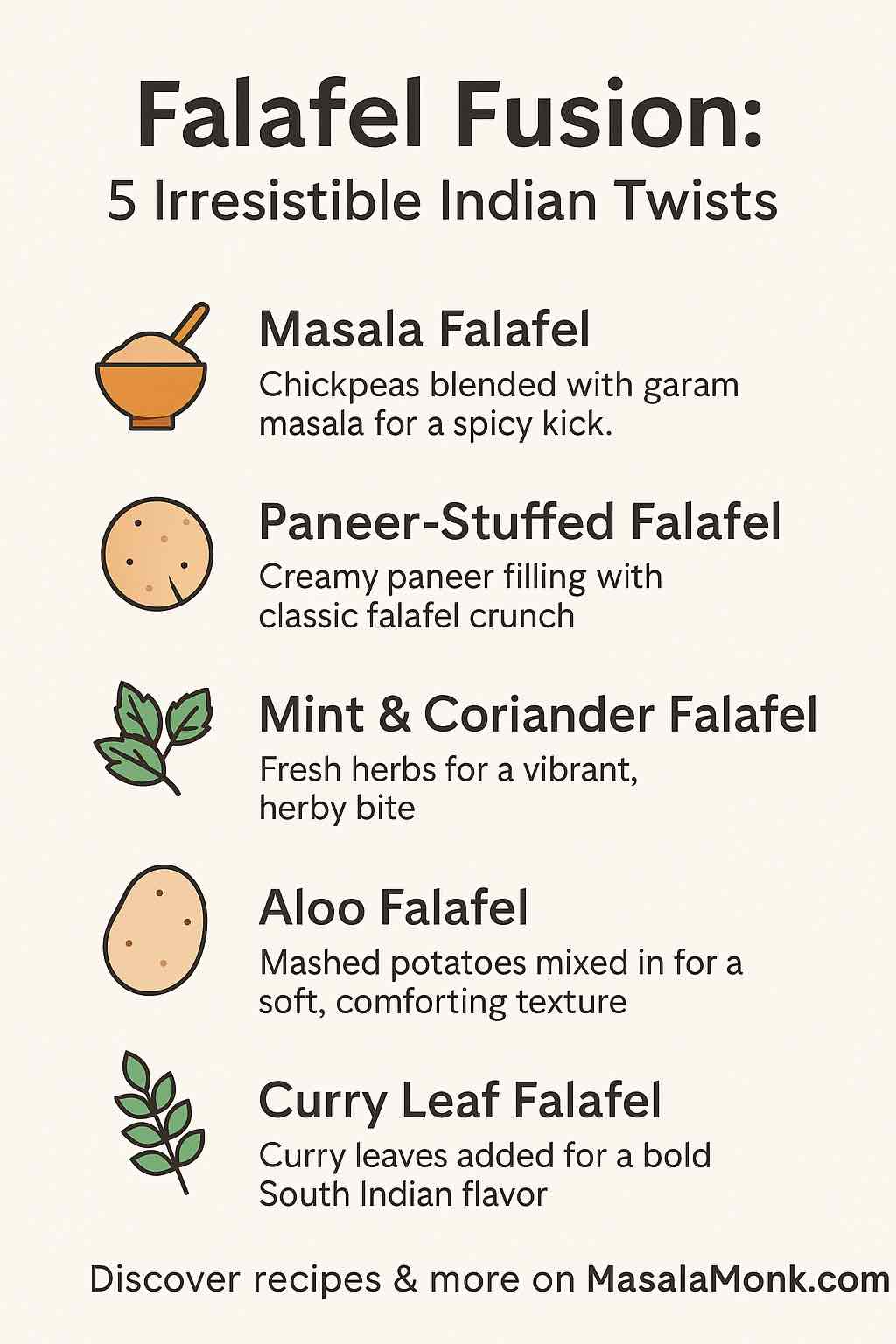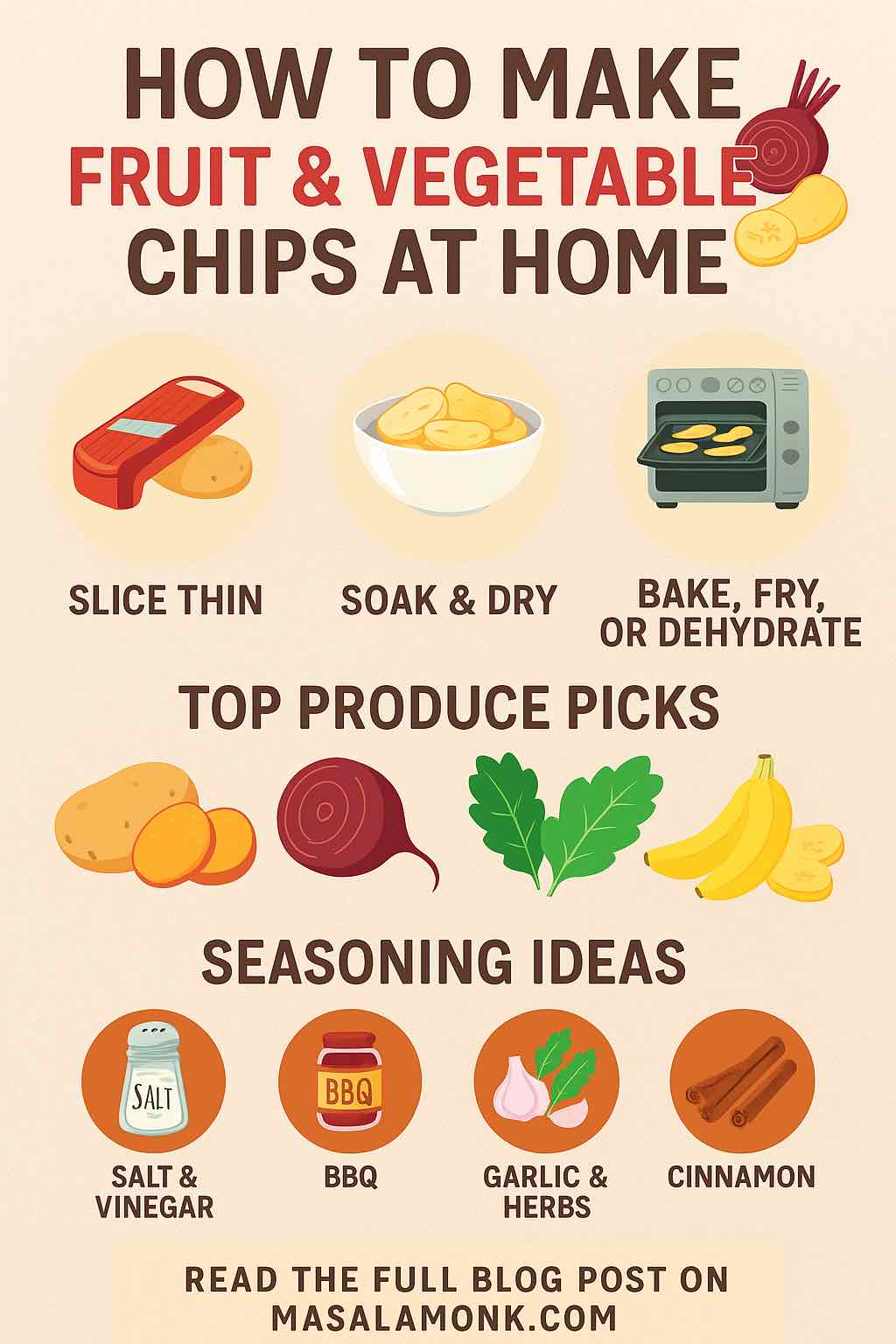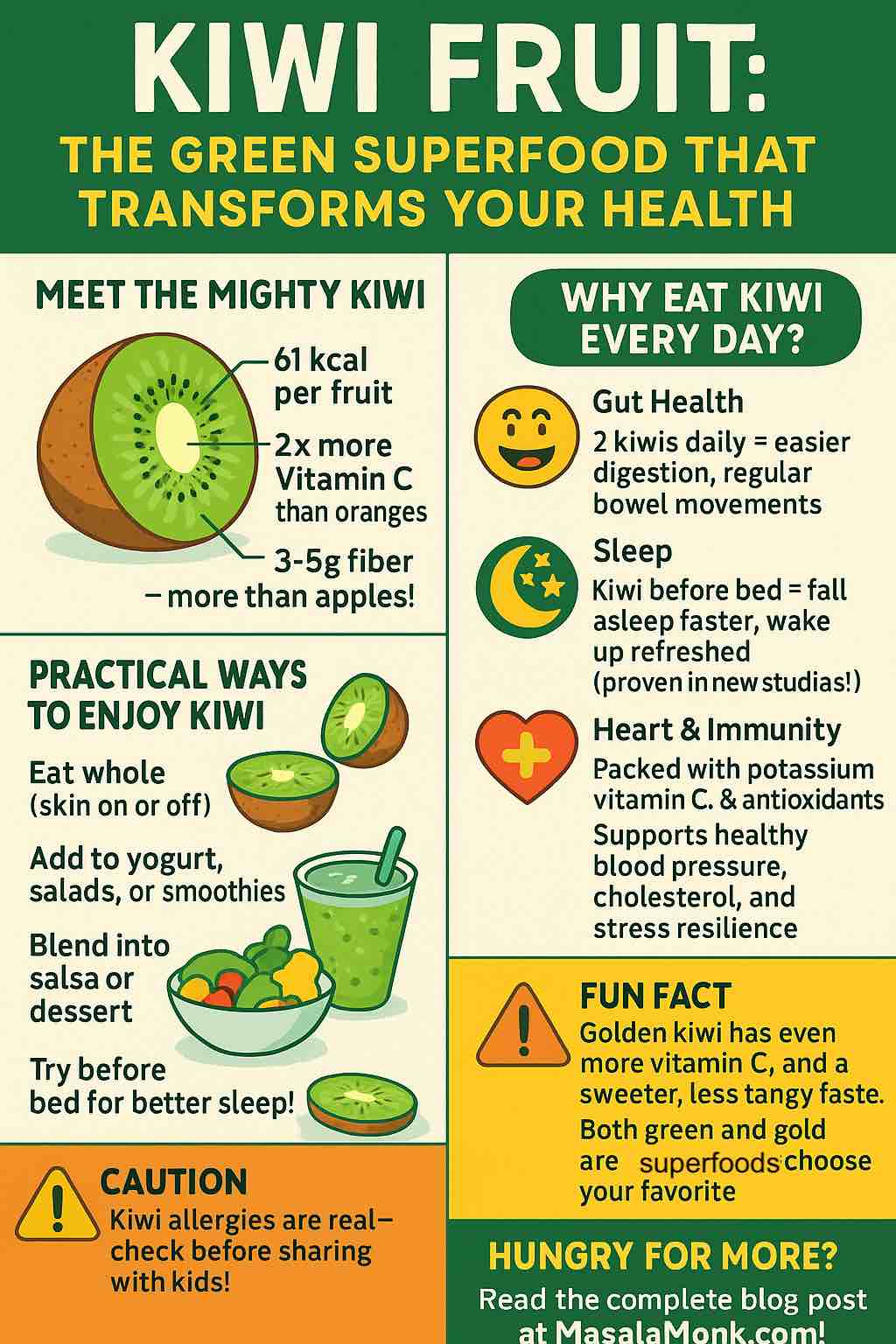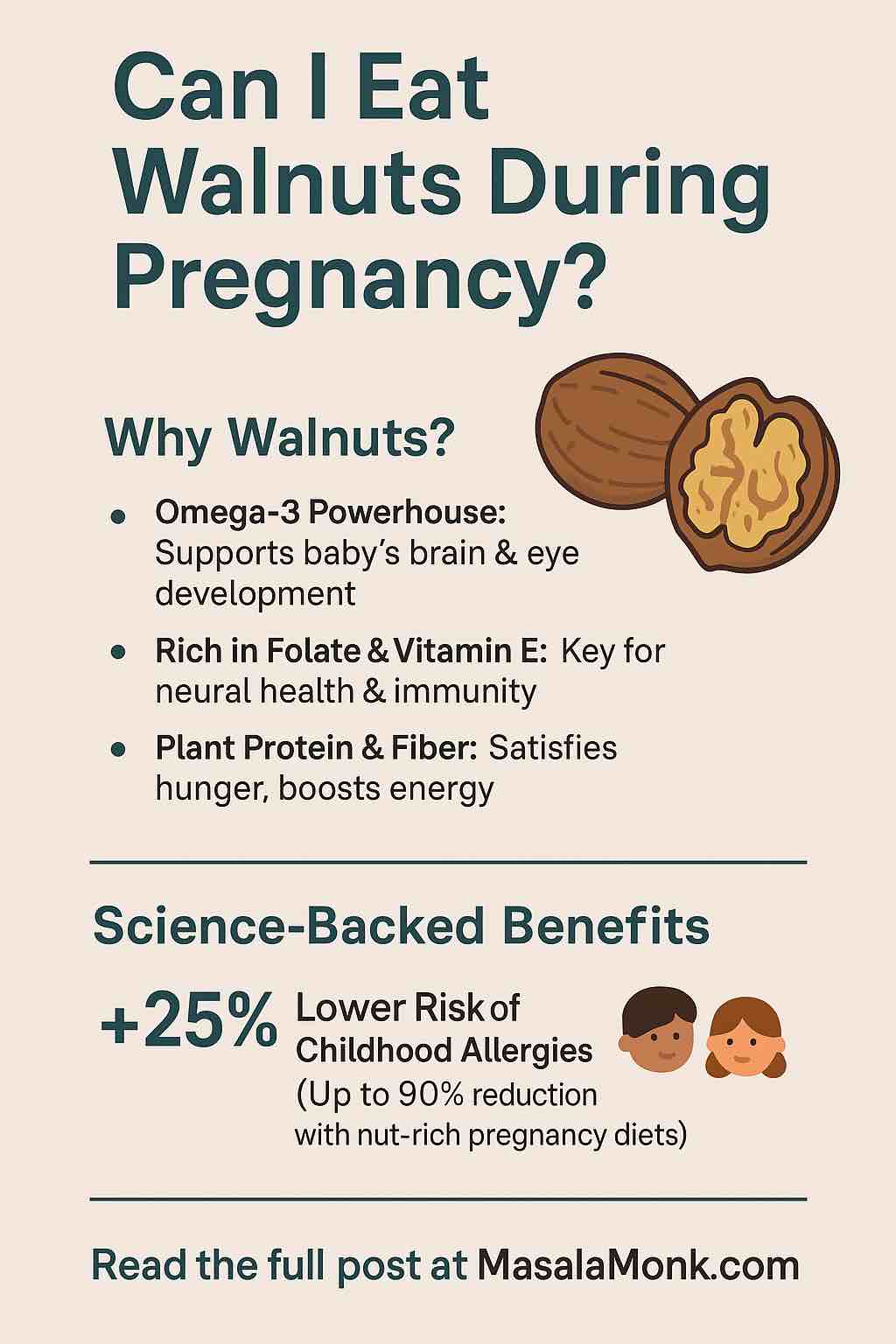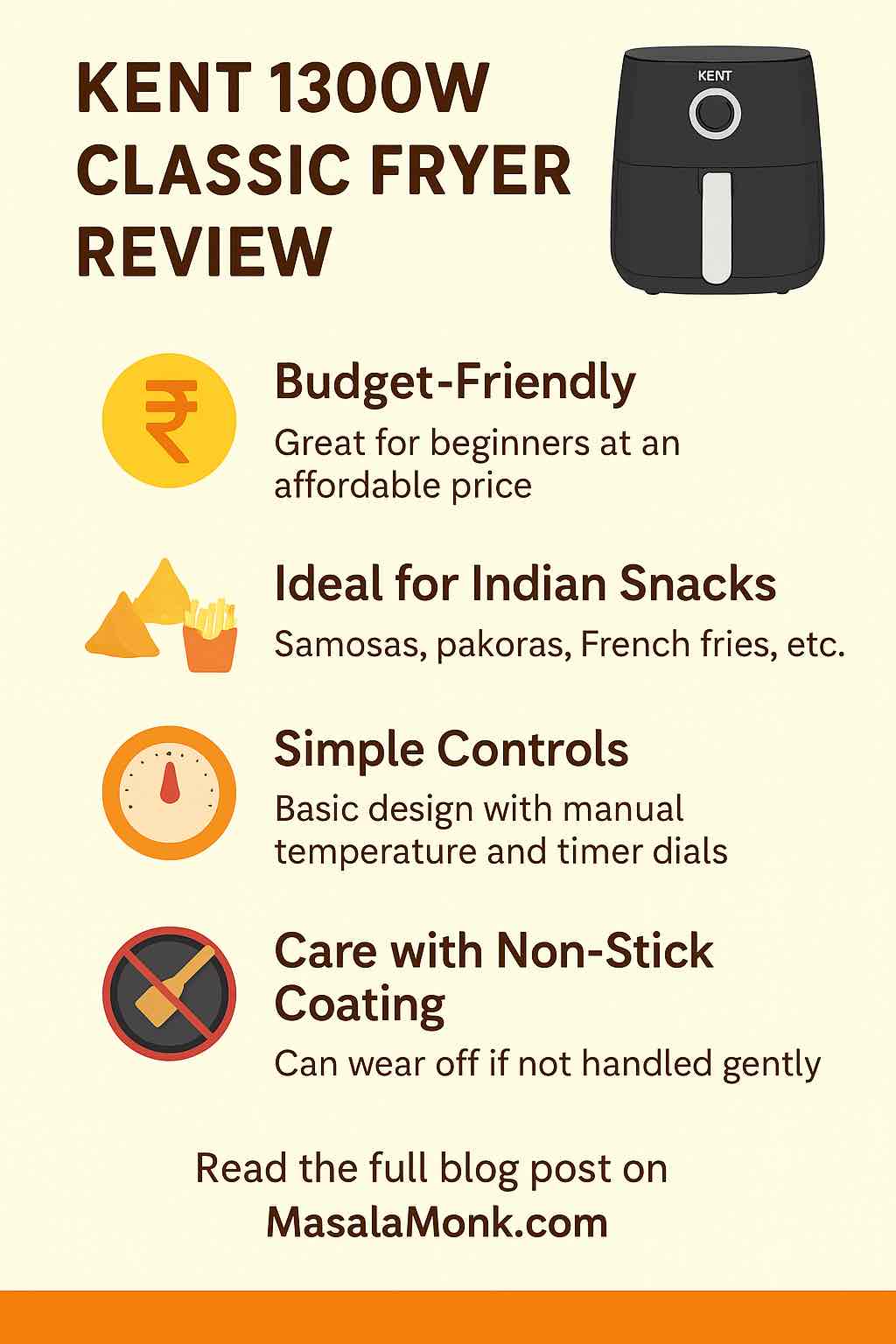
Introduction
Air fryers have changed the way Indians snack and cook, promising less oil, less mess, and faster results. If you’re considering a budget model, the KENT 1300W Classic Fryer (Black) is among the most affordable and widely used in India.
But is it just a “cheap alternative,” or can it handle Indian snacks, masalas, and daily demands? This post goes deep with user experiences, cleaning tips, service realities, performance for desi recipes, and actionable buying advice.
🛒 Quick Specs & What You Get
- Capacity: 4 litres (serves 2–3 people per batch)
- Power: 1300W, manual controls for temperature (up to 200°C) and timer (up to 30 min)
- Controls: Analog rotary dials—no digital/touch screen
- Basket: Non-stick, removable, fits in most sinks, hand-wash recommended
- Body: Lightweight plastic (easy for elders, but less “premium” than Philips)
- Included in the box: Air fryer unit, basket (no baking tray, no recipe book)
- Warranty: 1 year via Kent customer care (keep invoice)
- MRP: ₹3,500–₹5,000 (often discounted at Amazon India)
🎁 Unboxing & First Impressions
The KENT 1300W Classic Fryer (Black) arrives in a compact box, well-padded, with simple packaging. The unit itself feels light, the black plastic body is easy to handle, and the dials are clearly marked.
Many users note that there are no extras in the box—you get just the fryer and basket (no grill rack, no extra tray, no recipe booklet), so you’ll want to look up air fryer recipes online.
🏠 Real User Experiences: Who Is Loving This Air Fryer (and Who Isn’t)?
⭐ Why It’s Popular:
- Low Price, High Value: “Best at this price point—delivers crisp French fries and chicken nuggets. Kids love it. We use it 3–4 times a week.”
— Amazon Review, Chennai - Simple, Elder-Friendly Controls: “Bought for my mother—simple dials, no confusing menu. Works great for samosas and pakoras.”
— Amazon Review, Delhi - Compact Size: “Fits perfectly in my tiny hostel kitchen. No oil smell, easy to use even for a beginner.”
— Flipkart Buyer, Pune
⚠️ What Users Warn About:
- Basket Coating Wears if Abused: “Non-stick is good for the first 6 months, then food started sticking. Use only a soft sponge and never metal spoons!”
— Amazon User, Lucknow - Build Is Not Heavy-Duty: “Handle became loose after a year, but still works. Not as strong as Philips, but for the price, can’t complain.”
— Flipkart Buyer, Surat - Timer Limitations: “Only goes up to 30 minutes—can be limiting for baking or slow-roasting.”
— Amazon Verified, March 2024 - Kent Service Is Hit-or-Miss: “Kent replaced my basket under warranty but it took almost 3 weeks. Keep your invoice safe!”
— Amazon Review, Kolkata
🍟 Indian Snack Performance: What Works, What Doesn’t
Great For:
- Samosa & Pakora:
Up to 6 at a time, crisp with a brush of oil, 12–15 min at 180°C. - Frozen Snacks (McCain/ITC Master Chef):
Evenly cooked in 10–12 min. Preheat for best results. - French Fries:
500–600g batch, single layer for max crispiness. - Aloo Tikki & Veg Cutlets:
Up to 6 in a batch, flip halfway, golden and tasty. - Roasted Peanuts/Chana & Papad:
Peanuts ready in under 8 min (shake twice); papad in 1–2 min—watch closely!
Good, but Some Compromises:
- Paneer Tikka, Chicken Wings/Nuggets:
Tastes great, but “char” is lighter vs. higher-wattage fryers. Always flip halfway. - Reheating Parathas & Pizza:
Restores crispness, much better than microwaving.
Not Great For:
- Large Cakes or Breads:
No baking rack or big tray. Batch size is small, timer is short. - Big-Batch Meal Prep:
Takes 2–3 rounds for party quantities; best for small families.
🧼 Cleaning & Maintenance: The Real Picture
Easy at first:
- Basket fits in most sinks, non-stick wipes clean with soft sponge and mild soap.
- Light and easy to dry.
Long-term tips:
- NEVER use metal spoons or abrasive scrubbers—will peel non-stick!
- Use parchment paper or air fryer liners for sticky foods (like cheese, batter).
- For greasy snacks (tikkis, marinated meats), allow the coil to cool, then gently wipe it with a soft damp cloth to avoid smoke next time.
- Plastic body can collect oil smudges—wipe regularly to keep it looking fresh.
- Hand-washing preserves the basket longer than using a dishwasher (which is not officially recommended).
🛠️ Build Quality & Service Realities
- Plastic Build: Lightweight, easy for elders or students, but less “premium” than pricier brands.
- Basket: Non-stick works well if you handle gently. A few users report handle loosening or basket wobbling after 8–12 months of daily use.
- Dials: Simple, but not “smooth” or luxe feeling. Timer bell is loud enough, but there’s no digital beep.
- Warranty: 1 year, but service experience is variable. Urban users fare better; those in smaller towns sometimes face delays in basket or spare part replacements.
- Parts: Replacement baskets are available through Kent, but shipping can take 1–3 weeks if not in stock.
📊 Pros & Cons Table
| Pros | Cons |
|---|---|
| Lowest price among branded air fryers in India | Plastic build, not premium feel |
| Perfect for singles, couples, and elders | Timer maxes out at 30 min |
| Simple controls, no digital confusion | Basket coating peels if handled roughly |
| No oil smell, less mess than deep frying | Manual flip/shake always required |
| Quick, even heating for most Indian snacks | Not suited for big families or parties |
| Easy to clean (with care) | Warranty support can be slow |
💡 Expert Tips & Tricks from Indian Users
- Always preheat 3 min for extra crispiness—especially with fries, tikkis, and nuggets.
- Don’t overcrowd the basket: Single layer gives best browning and avoids soggy spots.
- Shake or flip halfway: Set your phone alarm if needed (there’s no beep/pause).
- A light oil spray/brush really enhances texture and color—much less than deep frying, but just as tasty.
- Wipe the heating coil after masala or greasy dishes to avoid burnt smells or smoke.
- Use parchment for cheese or sticky batters: Saves your non-stick and speeds up clean-up.
- Store your Amazon invoice: If you need service, you’ll need it for a warranty claim.
📝 Who Is This Air Fryer Best For?
- First-time buyers testing air frying on a budget
- Students, working couples, small families, or elders who want healthy snacks without deep frying
- Anyone wanting a simple, analog device with no digital learning curve
Not for:
- Joint families, heavy bakers, party hosts, or anyone who hates manual effort.
🚚 Service, Warranty & Customer Support
- Warranty: 1 year (keep your bill safe!).
- Support: Kent has a toll-free helpline; be ready to email your bill and photo of the issue.
- Spare baskets/parts: Available, but replacement is slower than Philips (typical wait 1–3 weeks).
- No walk-in service centers in most small towns.
🔎 How Does It Compare (and Why Buy This Over Others)?
- Biggest advantage: Price and simplicity. The KENT 1300W Classic Fryer (Black) undercuts Philips and Inalsa by ₹2,000–₹4,000 and does all the basics for Indian snacks.
- Direct competitors: Inalsa Fry-Light, Glen Air Fryer, Agaro Regal, Havells Prolife Digi.
- Buy if: You want a starter air fryer and will care for the non-stick basket. For digital presets, big batches, or “set and forget” convenience, you’ll need to pay more.
🛒 Final Verdict: Should You Buy the KENT 1300W Classic Fryer?
If you want a reliable, no-nonsense entry into air frying and are willing to handle the basket with care, the KENT 1300W Classic Fryer (Black) is a best-value buy for Indian kitchens. It won’t win awards for build or features, but for crisp samosas, pakora, fries, and day-to-day snacks with far less oil and mess, it’s genuinely hard to beat at this price.
Recommended for:
- Students, elders, working couples, anyone starting with air frying
- Those who want easy Indian snacks, less oil, and less mess
- Budget-conscious buyers wanting brand warranty
Not for:
- Anyone expecting Philips build, digital features, or big batch cooking
- Large families or people wanting to bake cakes/breads regularly
Ready to make your kitchen healthier for less?
Buy the KENT 1300W Classic Fryer (Black) on Amazon India →
(Affiliate Disclosure: If you buy via our link, we may earn a small commission at no extra cost to you. Thank you for supporting honest, real-world Indian kitchen reviews!)
Curious About More Air Fryers? Read These:
- 6 Bestselling Air Fryers on Amazon India this Season
Compare all top Amazon picks side-by-side and choose your best fit with expert tips. - Philips NA231/00 Air Fryer Review
Want the latest, biggest, and best from Philips? See why this model tops the charts. - Philips HD9200/90 Air Fryer Review
Dial-and-go convenience with Philips’ signature crispiness and reliability. - Philips HD9252/90 Air Fryer Review
Digital controls, quick results—perfect for modern Indian kitchens. - Inalsa 5.5L Digital Air Fryer Review
Go big on snacks! This model balances size, value, and performance for families. - Inalsa Sous Chef 6.5L Digital Air Fryer Review
Host a crowd? Discover the joys of mega-batch air frying for Indian treats.
FAQs for KENT 1300W Classic Fryer (Black)
1. What is the capacity of the KENT 1300W Classic Fryer (Black)?
It has a 4-litre basket, ideal for preparing snacks or meals for 2–3 people per batch.
2. Can I cook Indian snacks like samosas and pakoras in this air fryer?
Yes, you can make samosas, pakoras, aloo tikki, French fries, roasted peanuts, and more. Just use a light oil spray or brush for maximum crispiness.
3. Does it require preheating before use?
Preheating for 2–3 minutes gives the crispiest results, especially for fries and frozen snacks.
4. Is the basket dishwasher safe?
The basket is removable and easy to clean by hand. Officially, hand-washing is recommended to preserve the non-stick coating. Avoid harsh scrubs.
5. Does the non-stick coating last?
The coating lasts longer if you use only wooden/plastic spatulas and soft sponges. Metal utensils and rough cleaning can cause it to peel over time.
6. Is the KENT 1300W Classic Fryer (Black) good for baking cakes or breads?
It can bake small cakes or muffins, but there are no baking trays or presets. Timer maxes out at 30 min, so large bakes are not ideal.
7. What are the power requirements?
It runs on 1300W and works with a standard Indian 16A plug point. Avoid overloading the power strip.
8. How does the warranty work?
The fryer comes with a 1-year warranty from Kent. Keep your purchase invoice and contact Kent customer care for any claims. Spare baskets can take 1–3 weeks to arrive.
9. Is it suitable for large families or parties?
No, the 4-litre capacity is best for singles, couples, or small families. For bigger gatherings, you’ll need to cook in multiple batches.
10. Is it easy for elders or beginners to use?
Yes! The analog dials are simple and elder-friendly, with no digital screens or complicated settings. Great for anyone new to air frying.

